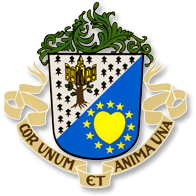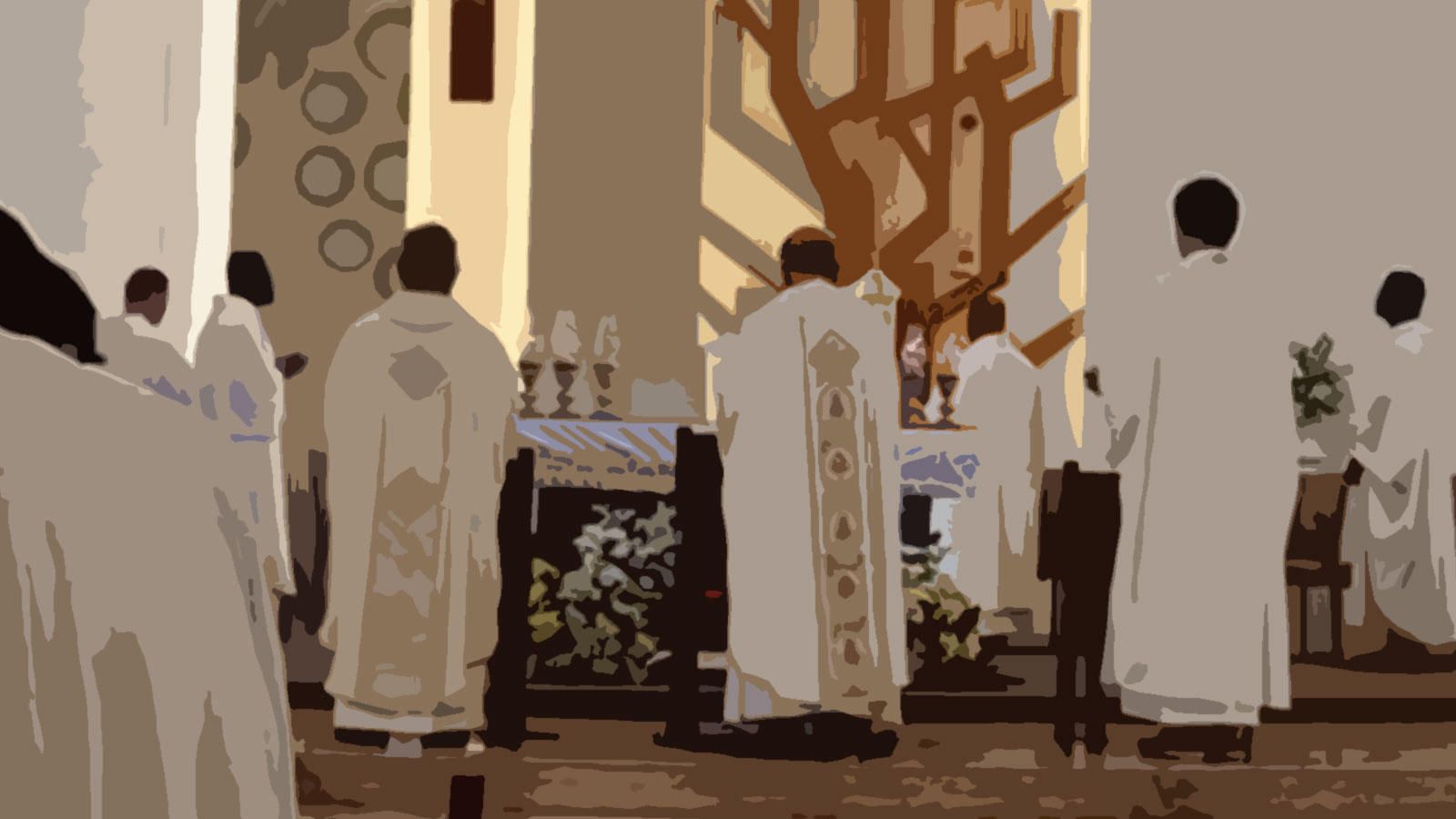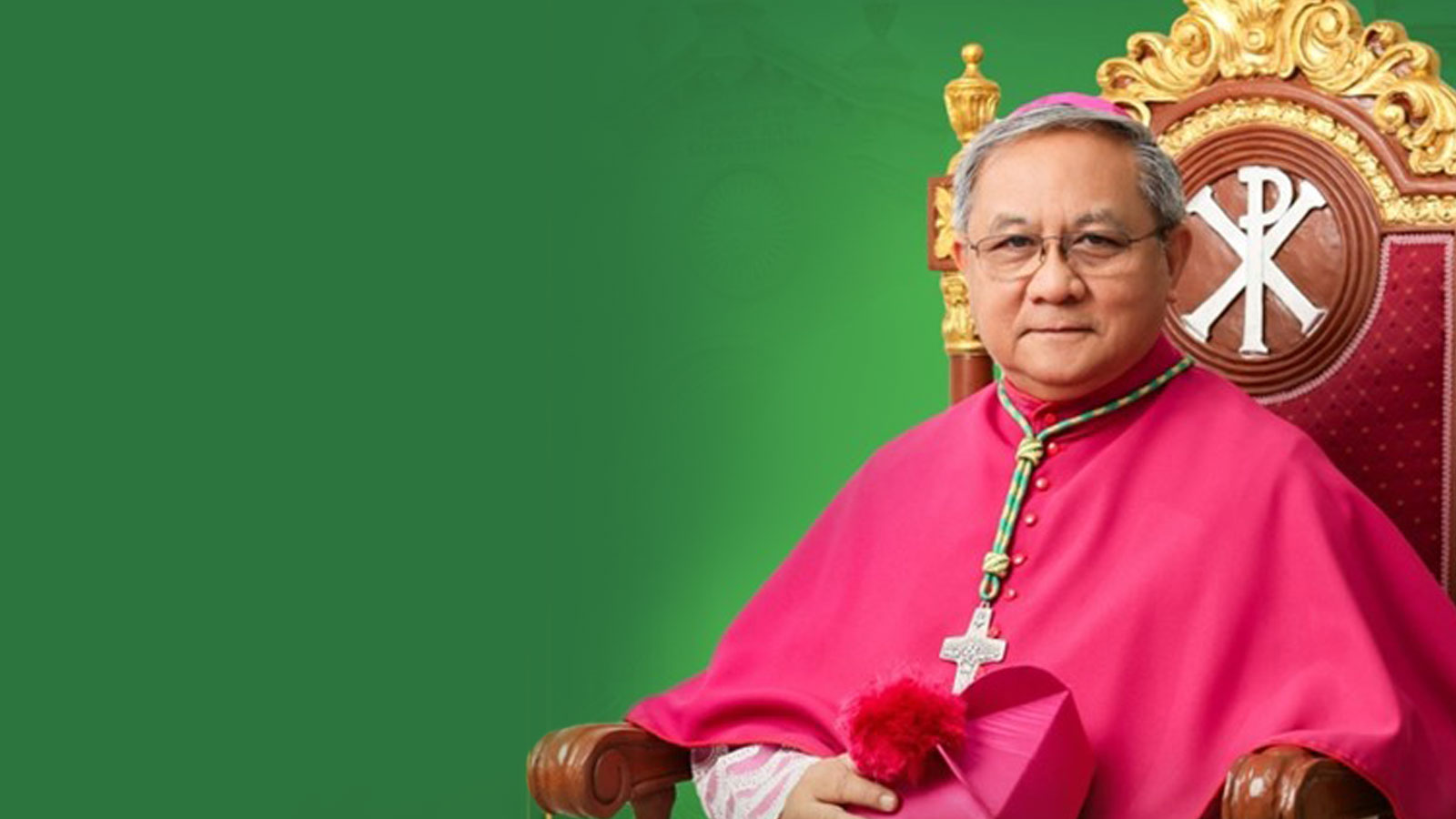 By Charles Ilunga, cicm
By Charles Ilunga, cicm
“I hope that at the end of your sabbatical year, you will write an article”, Raphael Mukendi, our Secretary General, told me during my first meeting with him on a Sunday at the Collegio. I gave him an evasive yes as I had not yet begun: Yes, we will see!
Several factors can convince us to decide one day to take a sabbatical year. For my part, it is the conviction of having completed a task that was entrusted to me in a particular place. So, it was time to leave that place in order to renew myself physically, intellectually and spiritually.
Several factors can convince us to decide one day to take a sabbatical year. For my part, it is the conviction of having completed a task that was entrusted to me in a particular place. So, it was time to leave that place in order to renew myself physically, intellectually and spiritually.
The beginning is not easy, and breaking up with the past is painful. It is therefore difficult to leave behind one’s past, to embark on a new adventure, and uncertainty is scary. After the Israelites had left Egypt, they continued to think about the kettles of meat, the onions, and the fill of bread despite the oppression they were subjected to in Egypt (Ex 16.3).
Experience shows that it often takes courage and determination to break up with the past in order to be born again to new life. In fact, I let myself be swallowed by mad activism. I therefore consider this sabbatical year as an invitation from the Lord to go to the wilderness in order to be challenged and to purify myself.
My sabbatical year has gravitated around four aspects, which are, taking a few classes, fostering spiritual life, enjoying time of rest and discovering the Eternal City (linking the useful to the pleasant). I will mainly write about the first two aspects.
During my sabbatical year, I lived in the community of the Comboni Fathers, located in Via San Pancrazio 17b, in Rome. So I was near the Teresianum Pontifical Faculty of Spiritual Theology, run by the Discalced Carmelite Fathers. During the Academic Year 2016–2017, I registered as a free auditor and took a few classes in Christian Anthropology.
The theme “Man, created in the image of God” fascinated me a lot to the point that I decided to write this article. In fact, Christian Anthropology is fundamentally an anthropology where human beings are wanted for themselves and where every human being is able to live from love in accordance with his very origin. On the last day of the creation, God solemnly said, “Let us make human beings in our image, after our likeness” (Gen 1.26), as the crowning of his creation.
- Intellectual Life
Many scholars have written beautiful pages and developed reflections on the theme of “God’s image” according to various perspectives, philosophical, theological, exegetical, etc. For many centuries to the present day, the biblical matrix expressed in Gen 1.2 has continued to be the starting point of Christian anthropological reflection, given that the dignity of the human person is rooted in his being created in God’s image and likeness.
I will leave aside the debate and theological speculation on this theme to focus on God’s image in its relational dimension. In fact, the word “image” designates relatedness and expresses relationship. The human being is a creature endowed with intelligence and will as the first of the creatures and the closest to God by virtue of this very image which, by definition, presupposes the immediate proximity of God as the end of the relation of resemblance that every image implies.
Of all visible creatures, only a human being is able of knowing and loving his Creator. He is the only creature on earth whom God has wanted for himself; he alone is called to share God’s life through knowledge and love. He was created for this purpose, and this is the fundamental reason for his dignity. Although traditional approaches of God’s image present advantages, they also have a disadvantage of not emphasizing enough the fact that a human being is defined in his relation to God, in a relationship of communion.
In God himself, by proclaiming: “Let us make human beings in our image, after our likeness”, we find the notion of relationship and communion. Created in God’s image, humanity exists in relation to God, the Triune God. God is not alone, solitude, or monolithic. God is Triune, the Father, the Son and the Holy Spirit. He is family and communion. The divine Trinity is an expression of a relationship with others. Being created in God’s image can therefore be conceived as a personal dynamic, as such human beings are called to represent God in the creation. This representation should also be perceived in human relationships.
As we have just said, the One God revealed in the Bible consists of three distinct Persons, all the three equally divine: the Father, the Son, and the Holy Spirit; one essence, one God. The image and the likeness of God in human beings must therefore, in a certain way, reflect the Trinitarian character of the One true God. That is why God defines himself in the plural when he creates the human beings, saying: “Let us make human beings in our image, after our likeness.”
Given the fact that God’s nature is that of being a community, a human being is not therefore an individual atom; he is ontologically endowed with a community nature, and comes from a family, a clan, a tribe, a nation and from humanity. Similarly, the regenerated human being cannot be conceived separated from the Body of Christ. The idea of an isolated human being, as a solitary atom, is therefore purely absurd. All those who are generated from Adam, in God’s image and likeness, are therefore Trinitarian image, each one for their own account, from conception until death.
In line with this rediscovery of the depth of the theme of God’s image (imago Dei) since the Second Vatican Council, the International Theological Commission reaffirms the truth about the fact that human persons are created in God’s image in view of enjoying personal communion with the Father, the Son, and the Holy Spirit, and enjoy personal communion among them, and to exercise in the name of God a responsible stewardship of the created world. In the light of this truth, the world does not appear as a merely vast and meaningless reality, but as a place created for personal and fraternal communion.
By sinning the human being lost “his likeness” of God, but God has not abandoned him, and all his salvific purpose has been to restore the “likeness” with his sinful creature (Luke 15.4-6).
Most of us know this song “How beautiful are your works, how great are your works… Every human being is a sacred story, the human being is made in God’s image.” This reflection on God’s image in his relational dimension leads us to let ourselves be challenged by God’s image in our communities. The image of God casts a light on our life of fraternal communion (CICM Constitutions, Art. 48, 49 and 50) and invites to conversion in order to become, despite our human limitations, the communion of the Holy Trinity. The relationship of love that exists between these three divine Persons would be a wonderful way to build communities where my confrere is created in God’s image.
Pope Francis suggested a “concrete way” to “manifest” the Resurrection of Christ, that is through “fraternal life in community”. In fact, the Pope affirms that fraternal life in community “entails accepting the brothers the Lord has given us: not those whom we choose, but those the Lord has given us. As the Apostle Paul tells us, now that Christ has risen from the dead, we can no longer look at others from a human point of view (cf. 2 Cor 5:16). We view them and we accept them as a gift from the Lord. Others are a gift not to be taken for granted or looked down upon, but a gift to be received with respect, because in our brothers, especially if they are weak and frail, Christ comes to meet us […]. In a society that tends to reduce everything to flat uniformity, where injustice gives rise to divisions and hostility, in a world torn and aggressive, ensure that the witness of fraternal life and community will never be lacking” (Pope Francis, Message of June 24, 2017). That is possible through the loving relationship between the three Divine Persons.
Lord, make of our communities and our relationships a true mirror of the Holy Trinity.
- Spiritual Life
By choosing to take some classes at the Pontifical Faculty of Spiritual Theology, Teresianum, I discovered the Carmelite spirituality. The main axis on which the Carmelite spirituality is founded is prayer. It is a form of silent prayer presented as a time dedicated to awaken ourselves to God’s presence, God who lives in the innermost of the human heart. The fundamental vocation a human being is to join this presence of God inside himself. And prayer is the way that leads to communion with God who is there in his innermost being and who is waiting for him. Karl Rahner stated that, “the Christian of the future will be a mystic or will not exist at all.”
Two mystical Doctors, St. Teresa of Avila and St. John of the Cross, trace for us a path to follow in order to reach this union with God. In her book “The Interior Castle”, St. Theresa offers a spiritual itinerary in seven dwellings for those who wish to approach God and Jesus Christ. On his part, St. John of the Cross in “The Ascent of Mount Carmel” describes different stages one needs to go through in order to arrive at the union with God, by focusing on prayer and the exercise of theological virtues. To achieve the union with God, John of the Cross explains that there are many incompatible things between man and God. So, one must go through a path of purification to separate himself from all that is incompatible with the will of God.
The vocation to union is the key to the relationship between man and God, and this thread was of great inspiration in the life of St. Therese of Lisieux, St. Elizabeth of the Trinity, and St. Theresa Benedict of the Cross (Edith Stein). This union with God is one of the fundamental themes of Spiritual Theology. Father Carlo Laudazi, OCD, has written a book entitled L’uomo chiamato all’unione con Dio in Cristo (Man called to union with God in Christ). All spiritual life is founded on the conviction that human beings are called to respond to the love of God. Spiritual life is a life that unifies itself in welcoming the Spirit of God, even though that may be difficult.
The reading of the life of the Saints reveals that they were seekers of God, tireless witnesses of God, seekers of his presence and his action in their lives. They walked on the path of contemplation, this thirst to see God, to seek Him, and be in conversation with Him. This openness to God gave meaning and flavor to their life.
The contemplation of God transforms the person into the image of God. St. Elizabeth of the Trinity said, “The saints know Him as they are known by Him, that is to say, by an intuitive vision. That is why they are transformed from clarity to clarity, by the power of his Spirit, into his own image.” This likeness of God makes it possible to be the manifestation of God’s glory. The purpose of spiritual life is the vision of God.
“Unless the missionary is a contemplative he cannot proclaim Christ in a credible way. He is a witness to the experience of God, and must be able to say with the apostles: ‘that which we have looked upon … concerning the word of life … we proclaim also to you’ (1 Jn 1:1-3); (Redemptoris Missio, n.91). ■








